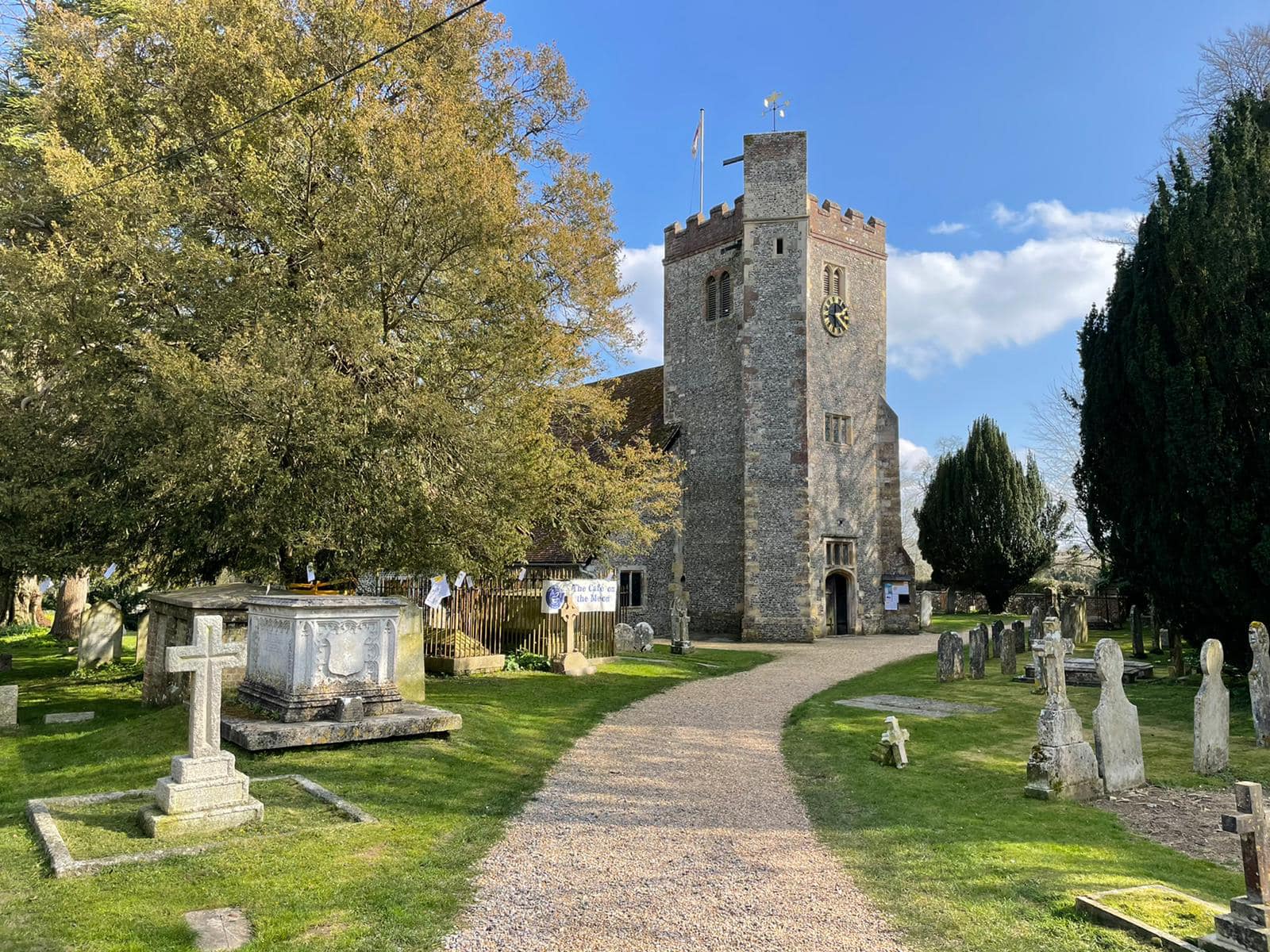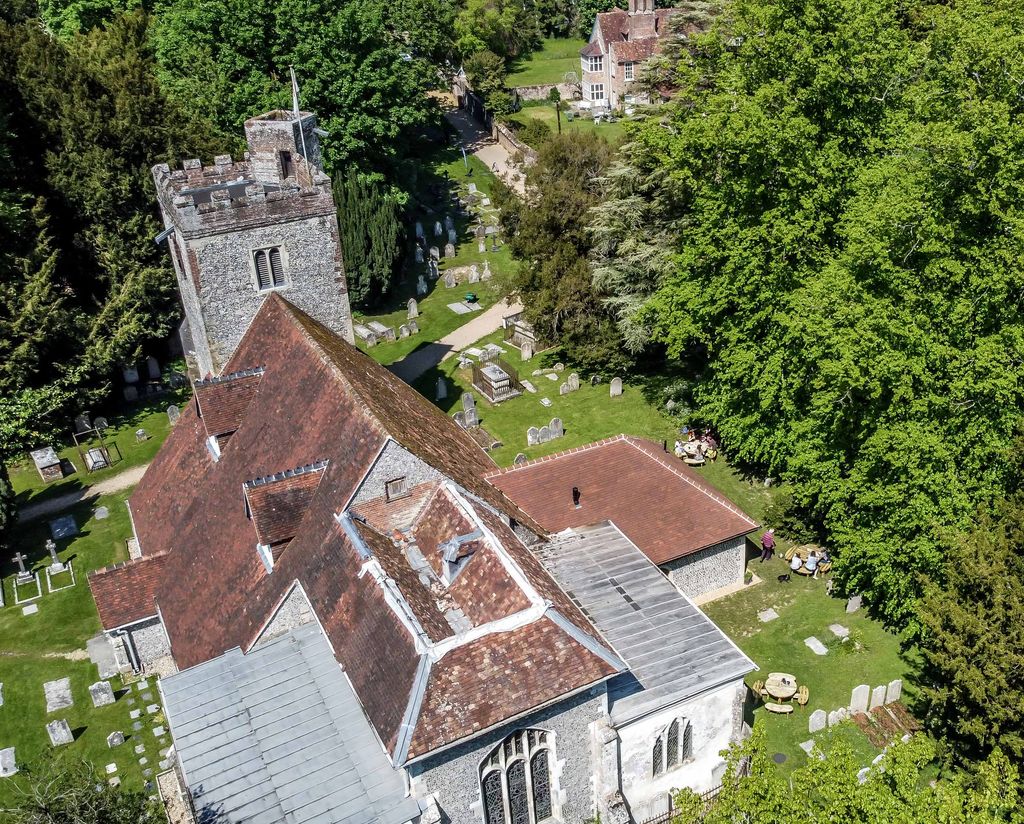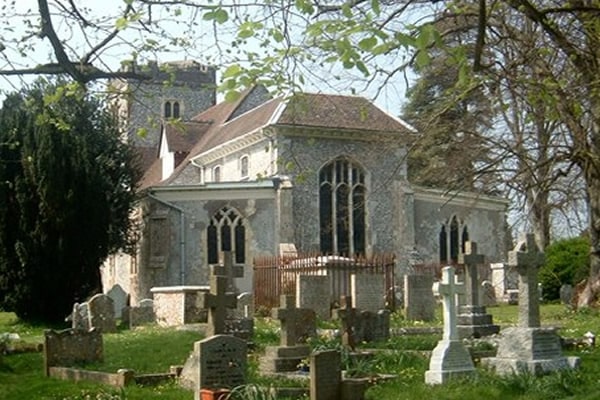In the heart of the Meon Valley, St Mary & All Saints Church is more than stone and mortar. Its 900-year-old tower has stood through wars, storms, and centuries of change. Friends of Droxford Church (FODC) was formed to combat this threat and it wasn’t distant, it was urgent. The tower was failing. Without intervention, the consequences for the village would have been profound.
FODC raised £650,000, enough to fully repair the tower and build an annexe to house Wilfrid’s Café, a community space that FODC showcased at the 2016 Droxford Fair, that was designed to generate a sustainable income so that the building will never again edge towards collapse.
But why act so decisively? The risks of a collapsing church tower go beyond heritage loss.


A collapsing tower is not a slow fade—it’s a cascading crisis.
Being listed on the HAR Register is not just a label; it’s a statistical crossroads. Based on Historic England and Church of England data, the long-term estimated outcomes for churches are:
| Rank | Outcome | Estimated Likelihood | Notes |
|---|---|---|---|
| 1 | Saved & repaired | 65–75% | Grants, local fundraising, and trusts often succeed in stabilising and restoring churches[^4]. |
| 2 | Closed then reused (adaptive reuse) | 20–25% | Many are converted for housing, community use, or worship by other denominations[^5]. |
| 3 | Demolished / collapsed | 2–5% | Rare for listed churches due to legal protections[^6]. |


When a rural church does close and is reused, the likely outcomes, ranked by frequency and durability, are:
Without FODC’s and others intervention, Droxford Church could have faced closure, redundancy, and uncertain reuse. Even if saved structurally, its role as a living community hub would have been in jeopardy. The annexe café not only secures a revenue stream for ongoing maintenance but also ensures the building remains embedded in village life.
In heritage terms, every saved tower is more than a structure—it’s a statement of continuity, safety, and identity. For Droxford, the tower’s survival is the village’s survival.

[^1]: Historic England, Value of Maintenance (2019) – structural interdependency of towers and main roof. https://historicengland.org.uk/advice/caring-for-heritage/places-of-worship/maintenance/
[^2]: Church of England, Dealing with Dangerous Structures guidance. https://www.churchofengland.org/resources/churchcare/church-buildings/dangerous-structures
[^3]: Historic England, Heritage at Risk Register case notes; incidents recorded in multiple tower-failure emergencies. https://historicengland.org.uk/advice/heritage-at-risk/
[^4]: Historic England statistics: ~75% of all assets since 1998 have been removed from the HAR Register after repair. https://historicengland.org.uk/research/heritage-at-risk/
[^5]: Church of England closed church statistics, 1969–2019; 80% of closed churches reused. https://www.churchofengland.org/resources/churchcare/church-buildings/closed-church-buildings
[^6]: Redundant church demolition data – mostly unlisted; listed losses rare. https://en.wikipedia.org/wiki/Redundant_church
[^7]: Church of England, Church Closures and Alternative Uses dataset; residential is the largest reuse category. https://www.churchofengland.org/resources/churchcare/church-buildings/closed-church-buildings
[^8]: Ibid., worship by other denominations is second largest. https://www.churchofengland.org/resources/churchcare/church-buildings/closed-church-buildings
[^9]: Plunkett Foundation rural case studies; Historic England New Uses for Former Churches report. https://plunkett.co.uk / https://historicengland.org.uk/advice/technical-advice/buildings/places-of-worship/new-uses-for-former-churches/
[^10]: Church of England closures dataset – office/shop/café uses regularly recorded. https://www.churchofengland.org/resources/churchcare/church-buildings/closed-church-buildings
[^11]: Ibid., smaller category but examples include nurseries and training centres. https://www.churchofengland.org/resources/churchcare/church-buildings/closed-church-buildings
[^12]: Church of England closures dataset – arts uses present but less durable, with closures during COVID-19. https://www.churchofengland.org/resources/churchcare/church-buildings/closed-church-buildings
Written by Ivor Coleman, Designed by David Goodman